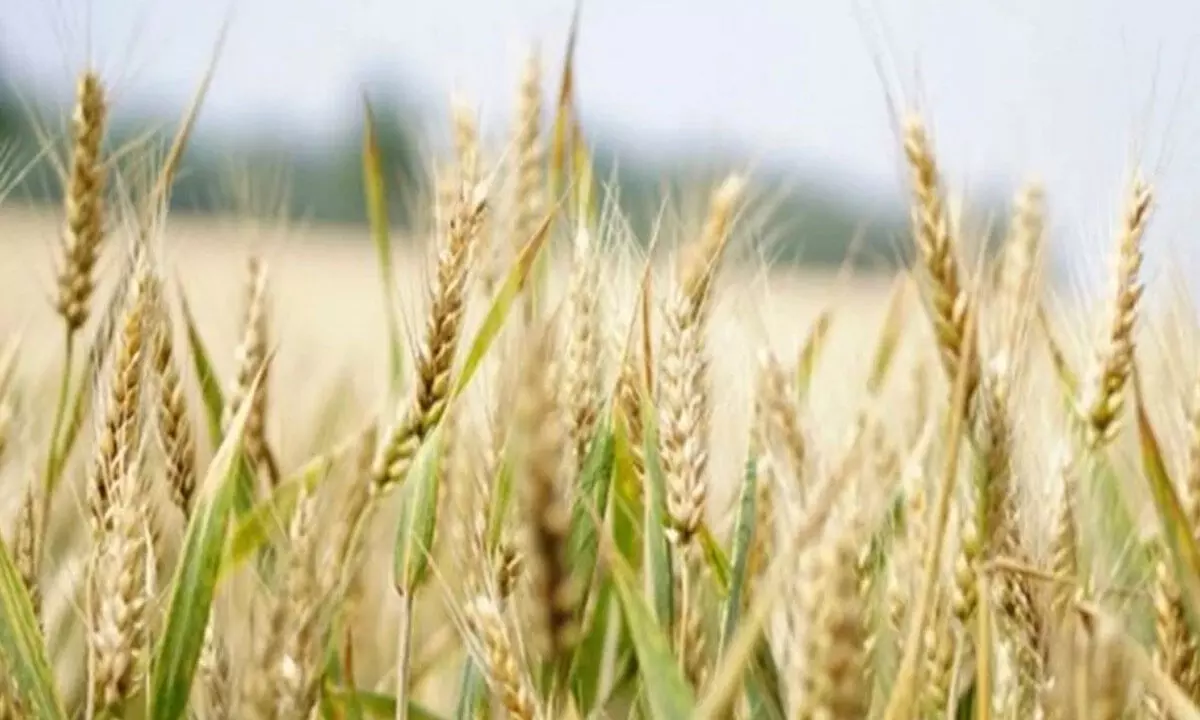Cold snap helps India's wheat crop but warm weather forecasts pose risk
Share :

He didn't wish to be named as he's not authorised to talk to the media. In February, maximum temperatures could be 5 degrees Celsius above normal in Punjab, Haryana, and Rajasthan states, part of India's grain belt, he said Weather in the next eight weeks will determine the crop size, a Mumbai-based grains dealer said. India's wheat harvest in 2023 was at least 10% lower than the government's estimate of around 112 million metric tons.
The current cold snap sweeping central and northern India could help farmers harvest a bumper wheat crop this year, but any sudden, abnormal rise in temperatures will hit yields, officials and growers said, forcing the country to import the staple.
This year's wheat harvest is critical for India, the world's biggest producer of the grain after China. Hot and unseasonably warm weather cut India's wheat output in 2022 and 2023, leading to a sharp drawdown in state reserves. A third straight poor harvest will leave no choice for India but to import some wheat. The government has so far resisted calls for wheat imports - a seemingly unpopular step ahead of a general election early this year.
A long cold spell helped wheat during its vegetative growth, but a rise in temperatures, expected in the next few days, could impact the crop during the crucial grain formation stage. "Because of cold weather we're expecting a little better yield than normal 3.5 tons per hectare, and that's why we'll easily achieve the production of the target of 114 million metric tons," Gyanendra Singh, the director of the state-run Directorate Of Wheat Research, told Reuters.
After a slow start to the planting, a run of cold weather has helped the crop, but weather conditions need to remain favourable until early April, growers said. "Lower temperatures have raised our hopes, but we're keeping our fingers crossed," said Ravindra Kajal from Haryana state in the north. "The wheat crop suffered because of a sudden rise in temperatures in February and March in the last two years."
Although India's fertile plains have seen a chilly winter, a lack of snowfall in the mountainous regions has raised concerns of a sudden, abrupt rise in temperatures. Both minimum and maximum temperatures in northern and north-western states have started to rise, an official of the state-run India Meteorological Department said. He didn't wish to be named as he's not authorised to talk to the media.
In February, maximum temperatures could be 5 degrees Celsius above normal in Punjab, Haryana, and Rajasthan states, part of India's grain belt, he said Weather in the next eight weeks will determine the crop size, a Mumbai-based grains dealer said.
India's wheat harvest in 2023 was at least 10% lower than the government's estimate of around 112 million metric tons. As a result, inventories dropped to the lowest level in seven years, with prices ruling far above the government-set minimum support price, at which state agencies buy the grain from farmers.
Local wheat supplies are drying up, and India needs to import the grain, a grains trader said on the sidelines of a recent commodities conference in Singapore. The government projects this year's wheat output at a record 114 million metric tons.

















